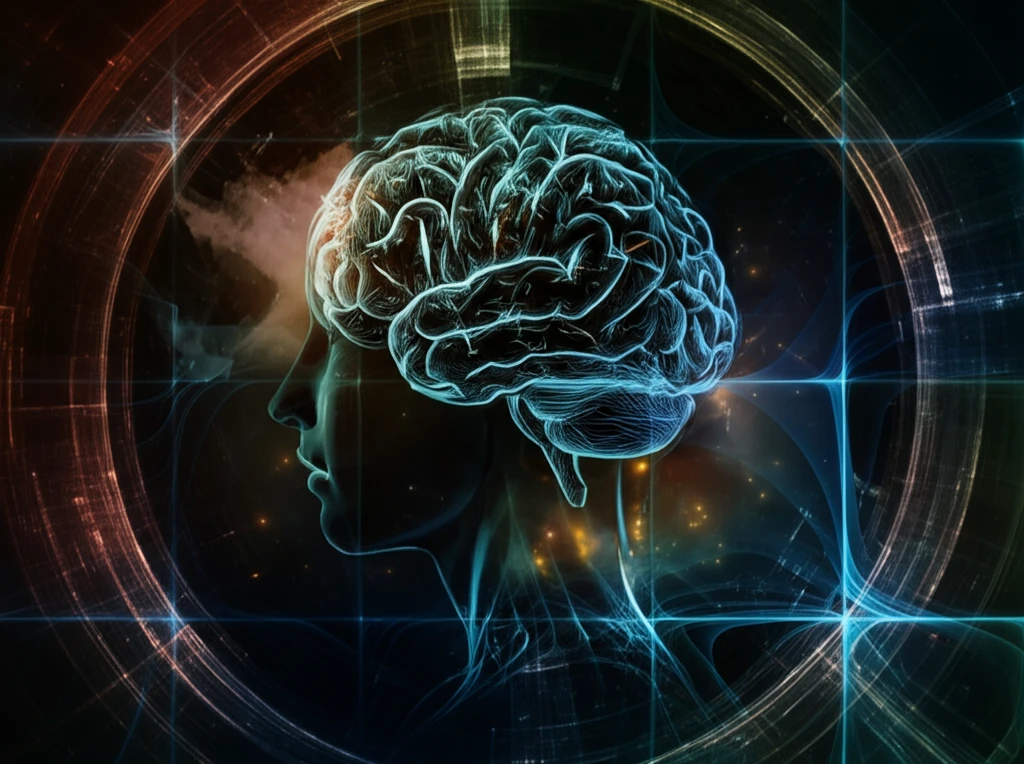
Can AI Predict Your Risky Choices? New Model Mimics Human Decision-Making
"Researchers train AI on arithmetic to understand how we weigh risks and rewards, offering insights into financial and personal choices."
For years, scientists have been fascinated by the parallels between how humans and Artificial Intelligence (AI) models make decisions. Large Language Models (LLMs), like those powering chatbots, often show patterns similar to human behavior when faced with cognitive tasks. This has sparked interest in using LLMs as tools to model human cognition, but it also raises some fundamental questions.
One of the biggest hurdles is that LLMs are trained on massive datasets, far exceeding the information a typical person encounters. Additionally, these models may have been exposed to data directly related to specific cognitive tasks, or even aligned with human preferences, leading to questions about the origins of the similarities between AI and human decision-making.
Now, a new approach is being proposed to enhance the utility of LLMs as cognitive models. This involves training AI on computationally equivalent tasks that both the AI and a rational agent need to master. By examining the specific task distributions required for an LLM to exhibit human-like behaviors, researchers hope to gain a deeper understanding of how we make choices, particularly when it comes to risk and reward.
Decoding Risky Choices: The Arithmetic Connection

At the heart of decision-making, especially when dealing with risk or future rewards, lies the ability to calculate expectations. Whether it's assessing the potential payoff of a gamble or weighing the value of a reward received later versus one received today, these calculations are fundamental.
Implications for AI and Understanding the Human Mind
This research marks an important step towards creating more accurate and human-like AI models of cognition. By focusing on the fundamental computations underlying decision-making, scientists can gain a better understanding of how we weigh risks and rewards. This approach is not limited to just risky choices; it can be extended to other cognitive tasks that rely on language and reasoning. Ultimately, this work could pave the way for AI systems that not only mimic human behavior, but also offer insights into the inner workings of the human mind.
